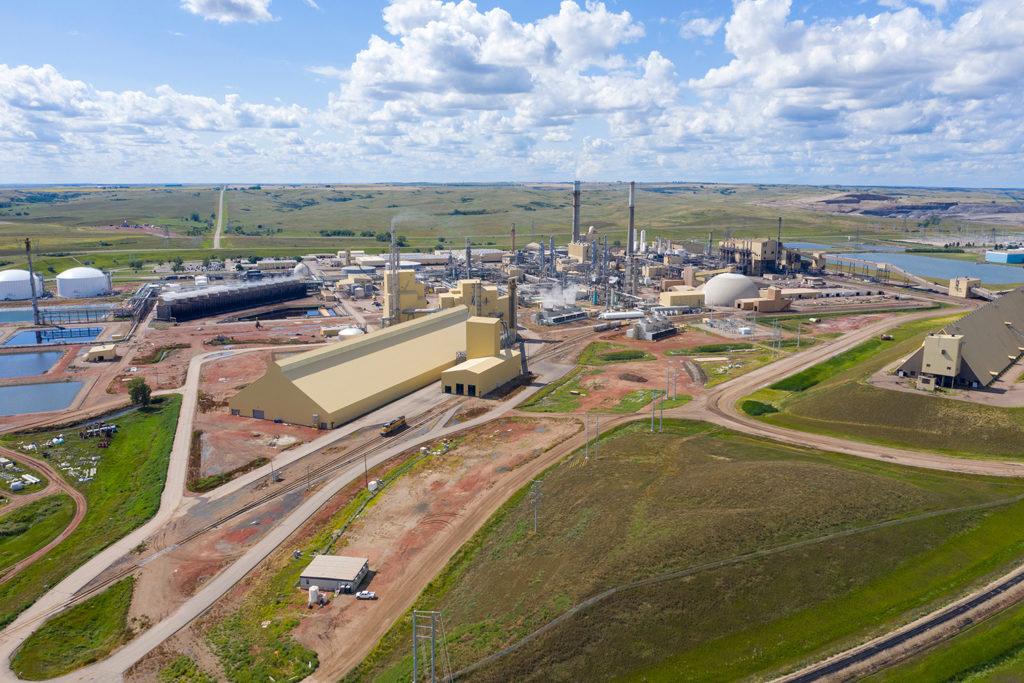
When Basin Electric Power Cooperative’s Dakota Gasification Co. plant uses locally mined lignite coal to manufacture products, the carbon dioxide produced as a byproduct is collected and used for industrial and commercial purposes. Over the past 20 years, more than 40 million metric tons of CO2 has been captured and sequestered in Canadian oil fields.
“This is a great example of an environmental initiative that is not just economical, but actually generates revenue,” said Basin Electric CEO and General Manager Paul Sukut.
Dakota Gas, a subsidiary of Bismarck, North Dakota-based Basin Electric, captures the CO2 from its synthetic natural gas production and uses it as an injection solvent additive in enhanced oil recovery. Dakota Gas and a Canadian partner jointly operate a 205-mile pipeline that transports the CO2 compound to oil fields in the province of Saskatchewan. CO2 is permanently sequestered underground when it is injected into deep geologic formations to enhance the flow of oil during extraction.
“This has been a great revenue stream for Dakota Gas, and it has provided our Canadian customers with the ability to drastically improve the life and productivity of their oil fields,” said Dale Johnson, vice president and chief operating officer of Dakota Gas.
Dakota Gas can capture about 3 million metric tons of CO2 yearly for sale and export. Plant operators are also producing compounds for use in the beverage industry and municipal water treatment.
The company surpassed the 40 million metric ton capture milestone in November. Basin Electric is also investigating opportunities for carbon sequestration to help preserve coal as a resource for fossil-fuel-based electricity generation, said Johnson.
“We continuously look for new opportunities to create valuable products from North Dakota lignite, and it is exciting when we can do this while reducing our carbon footprint.”
Derrill Holly is a staff writer at NRECA.